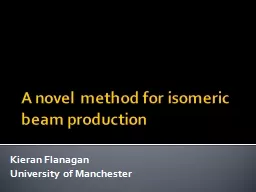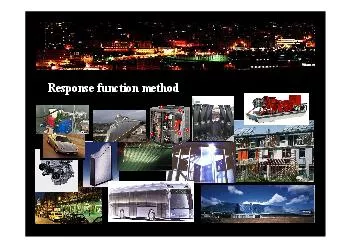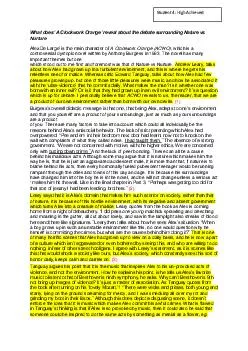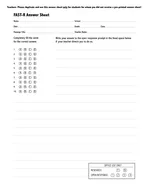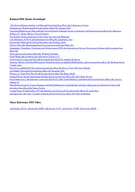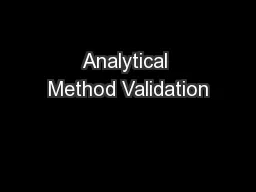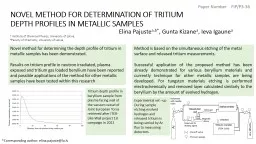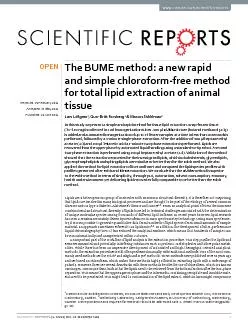PPT-A novel method
Author : liane-varnes | Published Date : 2017-03-31
for isomeric beam production Kieran Flanagan University of Manchester Status of laser spectroscopy Since 1995 Before 1995 Z N Key questions Does the ordering
Presentation Embed Code
Download Presentation
Download Presentation The PPT/PDF document "A novel method" is the property of its rightful owner. Permission is granted to download and print the materials on this website for personal, non-commercial use only, and to display it on your personal computer provided you do not modify the materials and that you retain all copyright notices contained in the materials. By downloading content from our website, you accept the terms of this agreement.
A novel method: Transcript
Download Rules Of Document
"A novel method"The content belongs to its owner. You may download and print it for personal use, without modification, and keep all copyright notices. By downloading, you agree to these terms.
Related Documents

